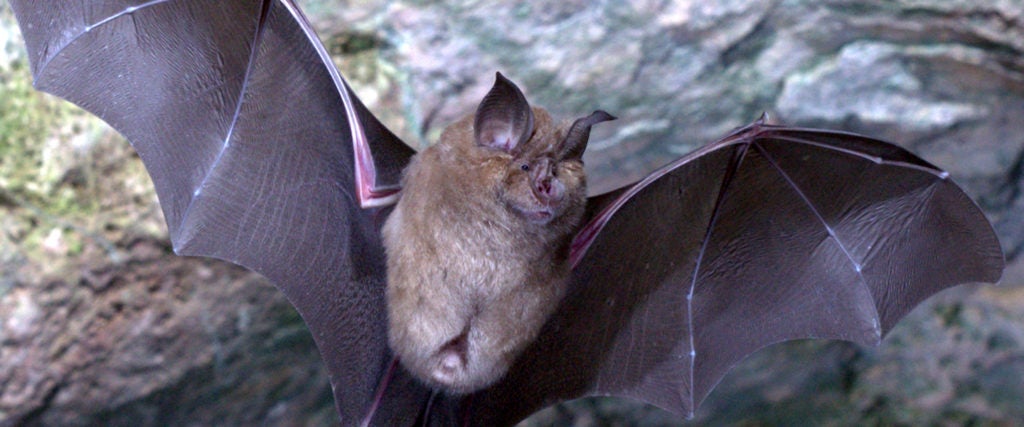As this pandemic continues, you might still be looking for someone — or something — to blame. And wouldn’t it be somewhat of a relief if humans weren’t at fault at all? Wouldn’t it provide some consolation for humanity if the COVID-19 outbreak was entirely the result of bats behaving according to the chaotic whims of nature?
Sure, maybe. But that’s not the case at all. As research from Bat Conservation International and bat experts worldwide demonstrates, bats probably did play a role in the virus, and it’s still completely our fault.
Bats don’t desire any human contact. If they had their way, they’d be able to sleep undisturbed in their dark caves all day and fly free through insect-filled skies at night. We play no role in their natural lives. That doesn’t work for us, though, does it? There might be precious gems in those mines! That insect-filled sky is prime real-estate for a new skyscraper!
We’ve encroached on their territory, and now we have coronavirus.
We’ve long known that certain types of animals, including cats, camels, pangolins and, yes, bats, can carry coronaviruses not previously known in humans. More often than not, these viruses don’t mutate into a virus that can infect humans, as COVID-19 did. Bats, in fact, don’t carry COVID-19, and cannot transmit it to humans. The exact sequence of events that led this specific coronavirus, likely originating in bats, to become infectious to humans in the form of COVID-19 is still unknown. In all likelihood, we never will know.
As for why the bats themselves don’t get sick, at least to our knowledge, it’s because bats are known to have unusually strong immune systems. As the world’s only known flying mammal, their bodies are designed to withstand conditions most mammals cannot. Their high body temperature, heartbeats per minute and unique production of cell-repairing molecules make them able to carry infections without responding to them.
More than anything, bats may be the solution to coronaviruses, rather than the source of the problem. Given their ability to manage these viruses, studying them may hold the answer to a possible cure or vaccine. Beyond that, though, COVID-19 has proven that we should otherwise avoid bats, entirely. They’re critical to our planet’s livability, controlling pest populations and helping protect crop productivity, so we actually want plenty of bats around. To that end, we need to focus on maintaining their habitats and limiting the further development of their territory. After all, if we let the bats have their space, we won’t end up exposed to their viruses in the first place.
COVID-19, weirdly enough, actually represents an ecological problem. Obviously, its global spread and lack of containment (within the U.S., especially) is distinctly the result of human carelessness and ineffectiveness. The fact that it ever spread to humans at all, though we may never know the details of its origin, ultimately represents our global greed. The further we destroy bats’ habitats, the further we become exposed to the viruses they may carry. With billions of bats and 1,300 species worldwide, there’s every possibility that something like this could happen again.

